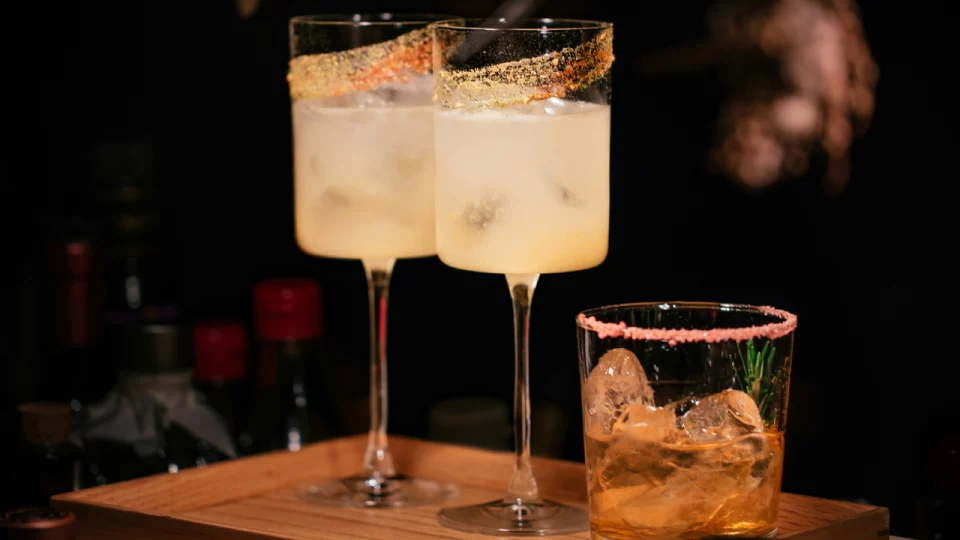Choosing the right glass for your drink is more than just a matter of aesthetics. The shape, size, and material of a glass can significantly affect how a beverage tastes and how it’s experienced. Whether you’re serving wine, beer, cocktails, or non-alcoholic beverages, using the appropriate glass enhances the flavor profile, aroma, and overall enjoyment of the drink.
This guide will walk you through the most common types of glasses and their specific uses depending on the type of drink being served.
Table of Contents
1. Wine Glasses: Tailoring the Experience

Wine glasses come in many shapes and sizes, each designed to enhance different aspects of the wine-drinking experience. The primary considerations for wine glasses are how they affect the aroma, taste, and temperature of the wine.
Red Wine Glasses
Red wines are typically served in larger glasses with a wide bowl. The reason for this is simple: red wines need more oxygen to breathe and develop their complex flavors. The larger surface area of the glass allows for more oxygen exposure, which softens the tannins and enhances the wine’s aroma.
- Bordeaux Glass: This is a tall glass with a broad bowl, ideal for full-bodied red wines like Cabernet Sauvignon, Merlot, or Bordeaux blends. The large surface area helps aerate the wine, while the tall shape directs the wine to the back of the mouth, where you can fully experience its richness.
- Burgundy Glass: This glass has a much wider bowl than the Bordeaux glass, making it perfect for lighter red wines like Pinot Noir. The broader bowl allows even more oxygen to reach the wine, emphasizing the delicate aromas and flavors.
White Wine Glasses
White wines don’t need as much oxygen exposure as reds, so their glasses tend to have a smaller bowl. The smaller size helps maintain the wine’s cooler temperature and preserves its fresh, crisp taste.
- Chardonnay Glass: A larger white wine glass with a slightly broader bowl than others, this glass is suited for rich, full-bodied white wines like Chardonnay. The broader bowl allows for subtle aeration, while the slightly narrower opening directs the wine toward the back of the mouth.
- Sauvignon Blanc Glass: For lighter, crisper white wines like Sauvignon Blanc or Riesling, a narrower glass is preferable. This type of glass keeps the wine cool while directing its delicate aromas toward the nose.
Sparkling Wine Glasses
Sparkling wines like Champagne, Prosecco, or Cava require glasses that maintain their effervescence and highlight their refreshing qualities.
- Flute: The flute is the classic glass for sparkling wines. Its tall, narrow design helps preserve the bubbles by reducing the surface area. It also channels the aroma upward, enhancing the wine’s floral and fruity notes.
- Tulip Glass: Similar to a flute but with a slightly wider bowl, the tulip glass allows for more air to circulate around the wine while still maintaining the bubbles. The shape also traps the aromas, making for a more fragrant experience.
2. Beer Glasses: More Than Just a Mug
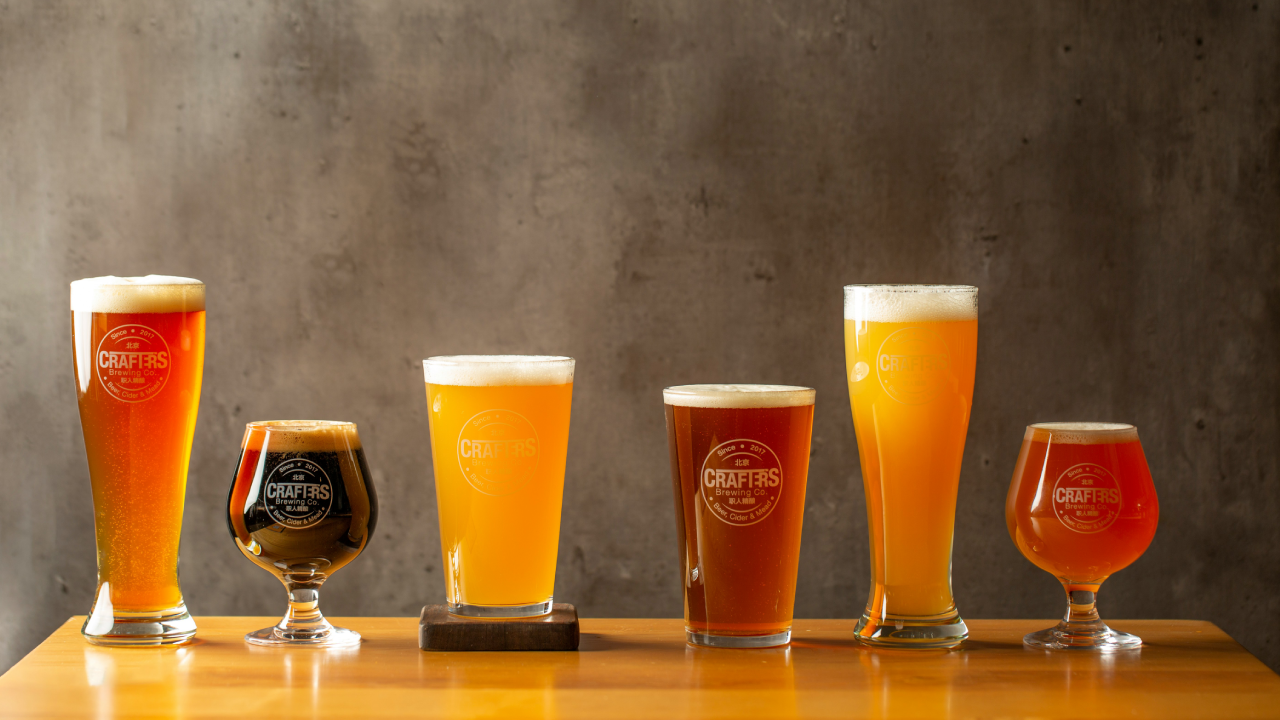
Just like wine, beer’s flavor, aroma, and appearance can change depending on the type of glass in which it’s served. Beer glasses are designed to accentuate specific characteristics like the beer’s head, carbonation, and aroma.
Pilsner Glass
This tall, slender glass is ideal for lighter beers like pilsners, lagers, and wheat beers. The shape showcases the beer’s clarity and carbonation while preserving the head, which contributes to the aroma and flavor.
Pint Glass
The classic pint glass is versatile and works well for a variety of beers, particularly ales and lagers. Its wide opening allows for easy drinking, and it’s a good choice for casual settings.
- American Pint: Often used in bars for serving everything from pale ales to stouts, the American pint is practical but not necessarily designed to enhance specific flavors.
- British Pint (Nonic Glass): The British pint has a slight bulge near the top, which helps prevent chipping and makes the glass easier to grip. It’s often used for English ales and stouts like Guinness.
Snifter
Typically used for strong ales and imperial stouts, the snifter’s bulbous shape allows for swirling, which releases the beer’s complex aromas. This glass is perfect for savoring high-alcohol, aromatic beers like barleywines or Belgian ales.
Weizen Glass
This tall, curvy glass is designed for wheat beers. Its large size accommodates the significant head produced by wheat beers, while its shape traps the beer’s fruity and spicy aromas.
3. Cocktail Glasses: Tailored to the Mix
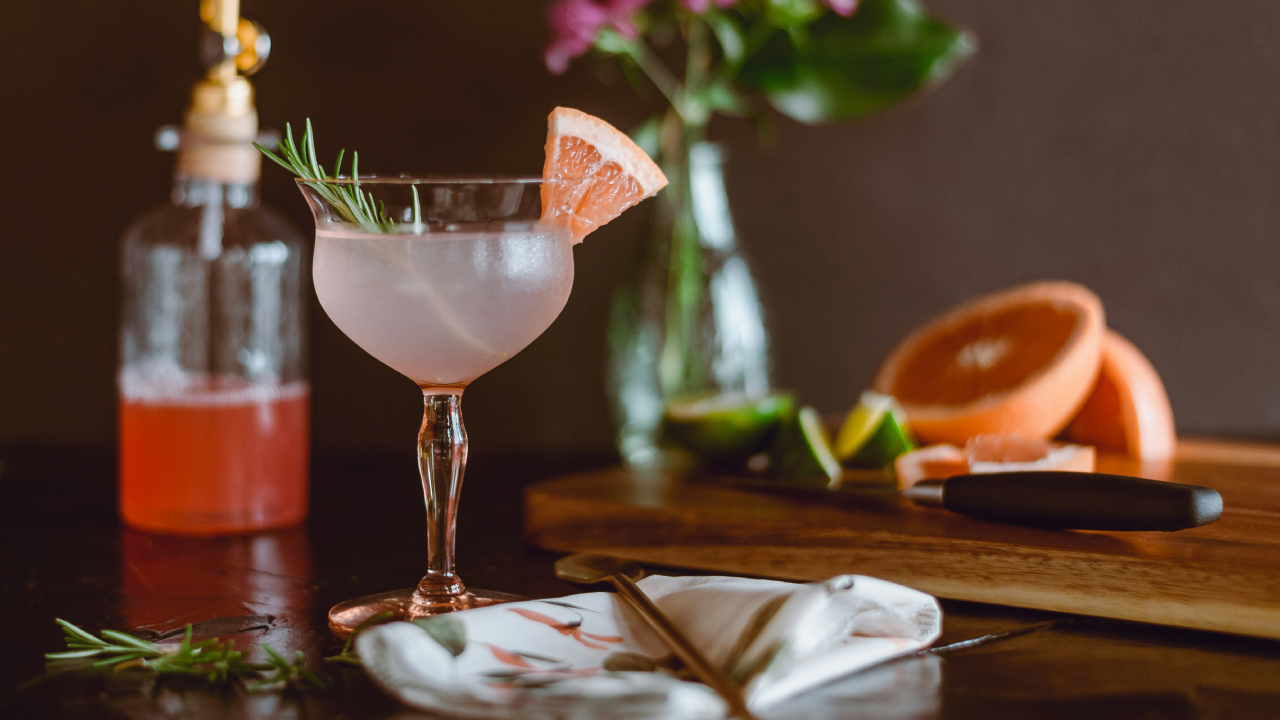
Cocktail glasses come in a wide variety of shapes, each designed to highlight a different aspect of the drink. The type of glass can influence the dilution, aroma, and presentation of a cocktail.
Martini Glass
Perhaps the most iconic of all cocktail glasses, the martini glass is used for drinks that are served “up,” meaning they are shaken or stirred with ice and then strained into the glass without ice. The wide, cone-shaped bowl allows for easy sipping and enhances the drink’s aroma.
- Cocktails: Dry Martini, Manhattan, Cosmopolitan.
Highball Glass
A tall, straight-sided glass, the highball is perfect for drinks that are served with ice and topped with mixers like soda or tonic water. The height allows for a good ratio of spirit to mixer, while the narrow width helps maintain carbonation.
- Cocktails: Gin and Tonic, Whiskey Highball, Vodka Soda.
Old Fashioned Glass (Rocks Glass)
The old fashioned glass, also known as a rocks glass, is used for short cocktails served over ice, particularly those that feature a strong base spirit. The wide mouth allows for easy muddling of ingredients like sugar and herbs, while the heavy base makes the glass feel substantial.
- Cocktails: Old Fashioned, Negroni, Whiskey Sour.
Collins Glass
Similar in height to a highball glass but slightly narrower, the Collins glass is ideal for drinks that are served with ice and topped with soda. Its tall, thin shape keeps the drink refreshing and fizzy.
- Cocktails: Tom Collins, Mojito, Bloody Mary.
Coupe Glass
The coupe glass is an elegant, shallow glass with a stem, often used for sparkling cocktails. Its wide bowl allows the drink’s aromas to develop, though it doesn’t preserve bubbles as well as a flute.
- Cocktails: Champagne Cocktails, Daiquiri, Gimlet.
4. Non-Alcoholic Beverages: A Glass for Every Occasion
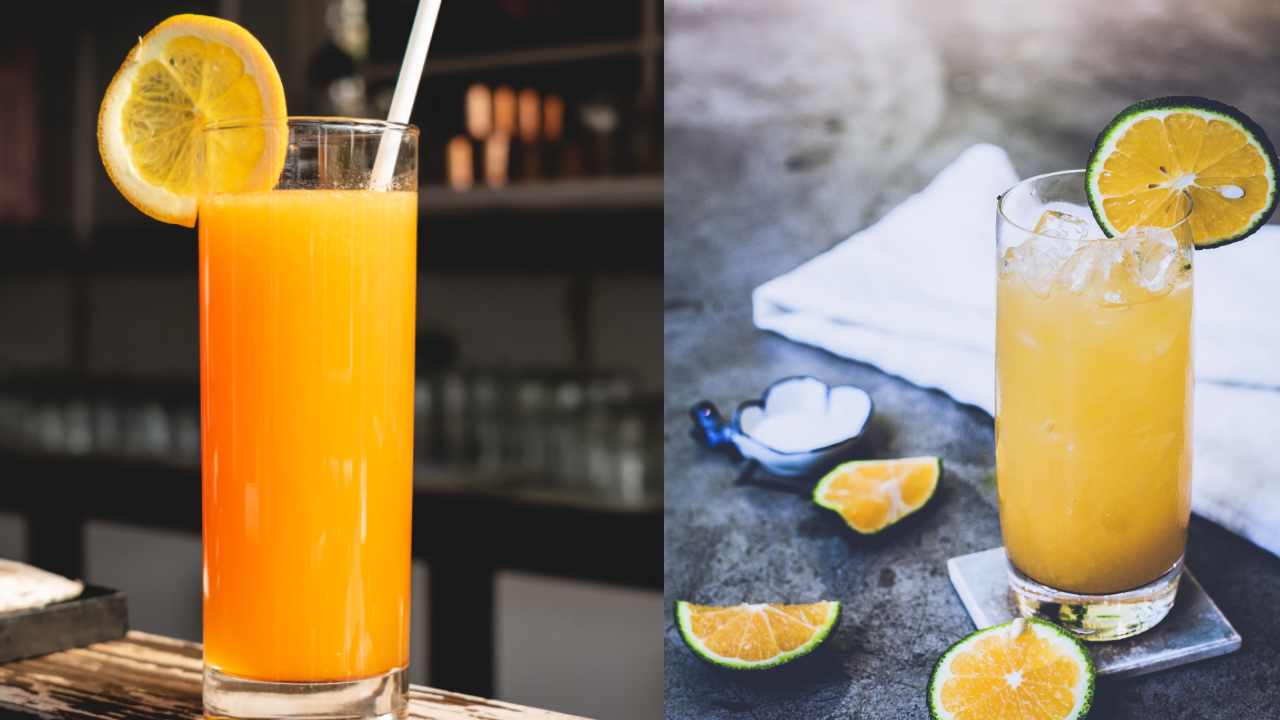
Even when serving non-alcoholic drinks, the glass can affect the drinking experience. From soft drinks to juices and iced teas, the right glass can elevate an ordinary drink into something special.
Juice Glass
A small, sturdy glass typically used for serving fruit juices. These glasses are designed to hold small portions, as juice is often consumed in smaller quantities compared to other beverages.
Water Glass
The standard water glass is typically larger and more robust, with a simple design. It’s meant to be functional and hold a good amount of liquid for casual sipping.
Milkshake Glass
For thick, creamy beverages like milkshakes, tall and wide glasses are used to accommodate straws and the heavy consistency of the drink. The extra space also allows for toppings like whipped cream.
5. Specialty Glasses for Unique Drinks
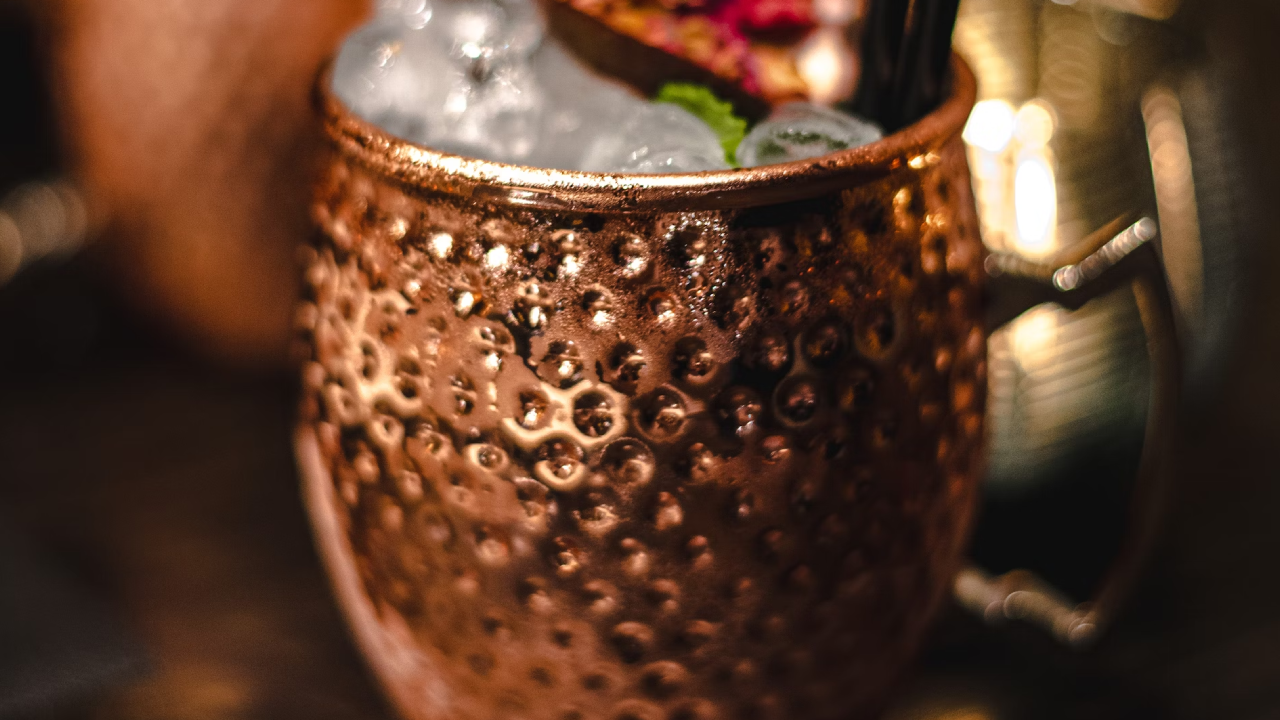
Some drinks require unique glassware to fully enjoy their distinct characteristics. These glasses often have very specific designs that cater to the nuances of particular beverages.
Irish Coffee Glass
This glass is typically used for serving hot drinks like Irish coffee. It has a handle to protect your hands from the heat, and its taller shape accommodates the layers of coffee, whiskey, and cream.
Margarita Glass
The margarita glass is similar in shape to a coupe glass but larger. It has a wide rim to hold a salt or sugar coating, which is essential for the classic margarita experience.
- Cocktails: Margarita, Frozen Daiquiri.
Copper Mug
A copper mug is traditionally used for serving a Moscow Mule. The metal helps keep the drink colder for longer, which is a key part of the mule-drinking experience.
